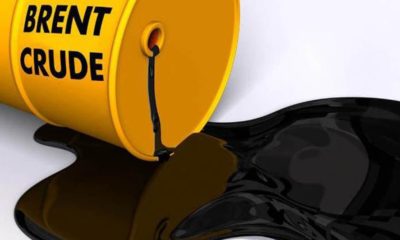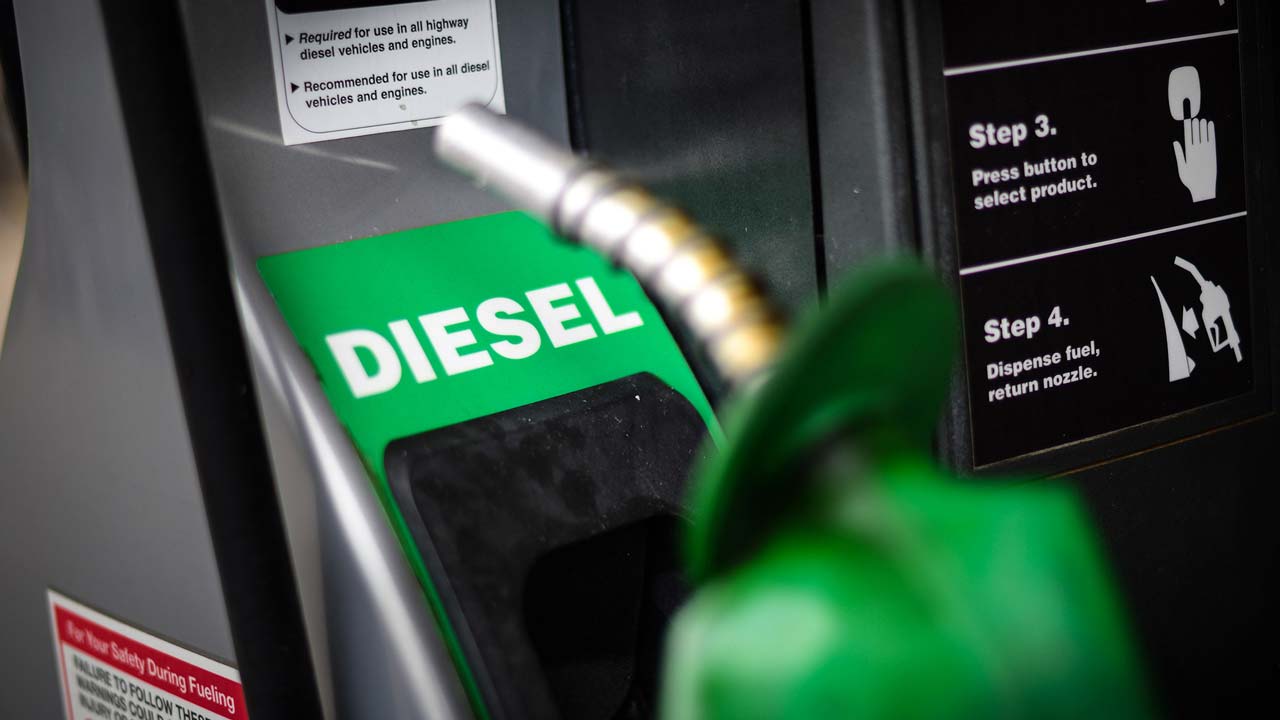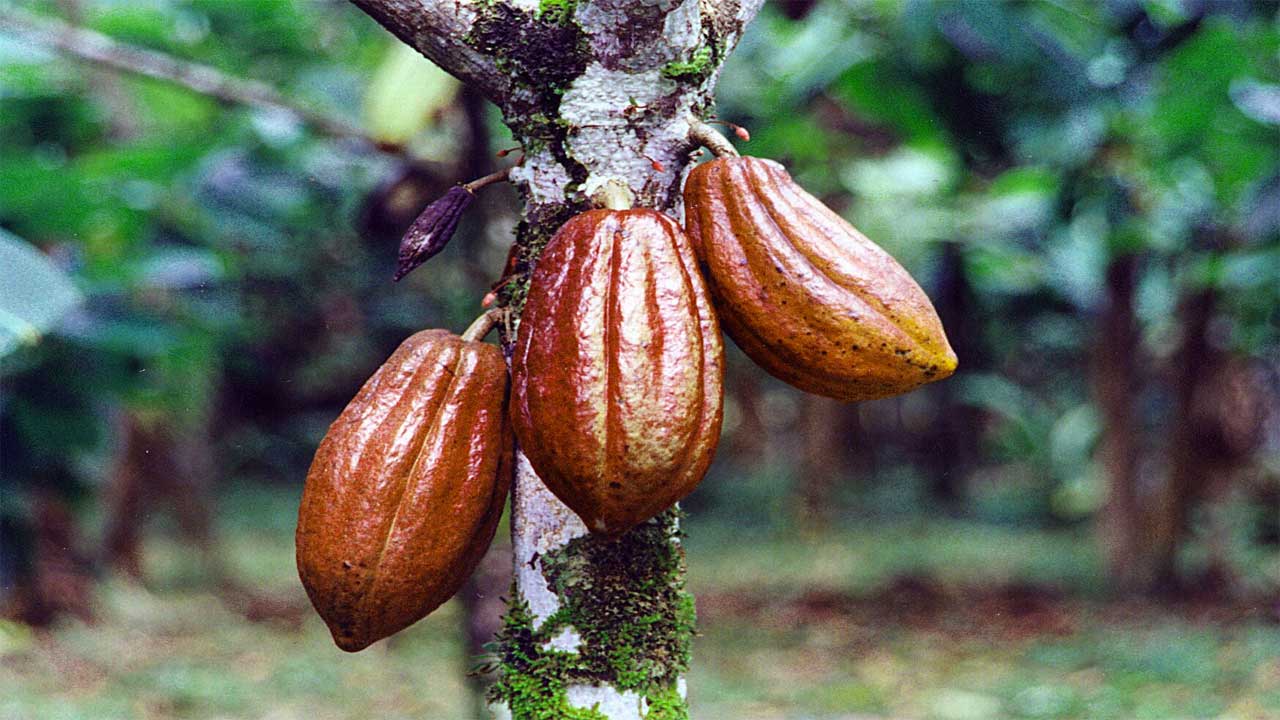Stock markets are off to a positive start to the week in Europe and the US, in keeping with the price action we’ve seen over the last week since the new variant discovery.
Reports of the Omicron symptoms being less severe are boosting risk appetite but it’s too soon to get carried away. For one, we’ve seen this repeatedly since the initial news broke a little over a week ago. Markets have been very headline-driven and this is just the latest rally on the back of some positive reports.
While this may be the first in a slew of positive data around the new variant, it could also be the anomaly and what follows could explain why world leaders and various agencies have been so anxious. Let’s hope for the former but I expect extreme caution to remain until the data gives us cause for more optimism.
Weeks like this, the economic data would always play second fiddle but as it turns out, it’s looking a little thin on that front and central banks are in the same position as the rest of us. So the rest of the week will remain very Omicron headline-driven which will likely mean plenty more volatility.
By then, we may know a lot more which means the conversation can move on to the monetary response. Unfortunately, that comes too late for the RBA and BoC tomorrow and Wednesday, respectively, and perhaps just in time for the Fed, ECB, and BoE next week. If the news isn’t good on the variant then central banks are going to find themselves in an awful position, which could rock the boat somewhat.
Oil rebounds as Saudi Arabia boosts prices
Oil prices are bouncing back on Monday, up more than 2% after coming under significant stress last week. Reports of Saudi Arabia raising crude prices are apparently behind the move, although I’m not entirely convinced. Sure, it portrays confidence in the markets but it doesn’t alter the uncertain outlook in any way. I think it’s probably just a risk rebound as we’re seeing elsewhere.
Ultimately, the most bullish thing for prices is that Omicron is reportedly less severe and if more good news follows, we can all relax a little and the downside risks to the economy will abate. If the good news doesn’t follow, OPEC+ will pare back output and support prices that way. The question is how much the lows will be tested in the interim, if at all. Producers’ resolve has been tested before on many occasions.
Gold remains under pressure as USD creeps higher
Gold remains under pressure, as US yields at the shorter end of the curve and the dollar continue to creep higher. As is the case with every other asset class, the yellow metal will remain extremely sensitive to developments over the next couple of weeks as we learn how great a threat Omicron will pose and what the monetary response will be.
It’s found some support around $1,760 late last week where it has repeatedly done so since the middle of October. A move below here could see focus shift back towards $1,720 and then $1,680 which would be around the lows for this year.
Bitcoin partly recovers after crash
Bitcoin has had an eventful few days, having been pummelled on Saturday before recouping much of those losses. Whatever the cause of the flash crash, it hasn’t managed to fully reverse the losses and remains below $50,000. That could leave it vulnerable in the near term, especially with it struggling to track other risk instruments higher on the day. Bad news on Omicron could really put it under pressure.





























